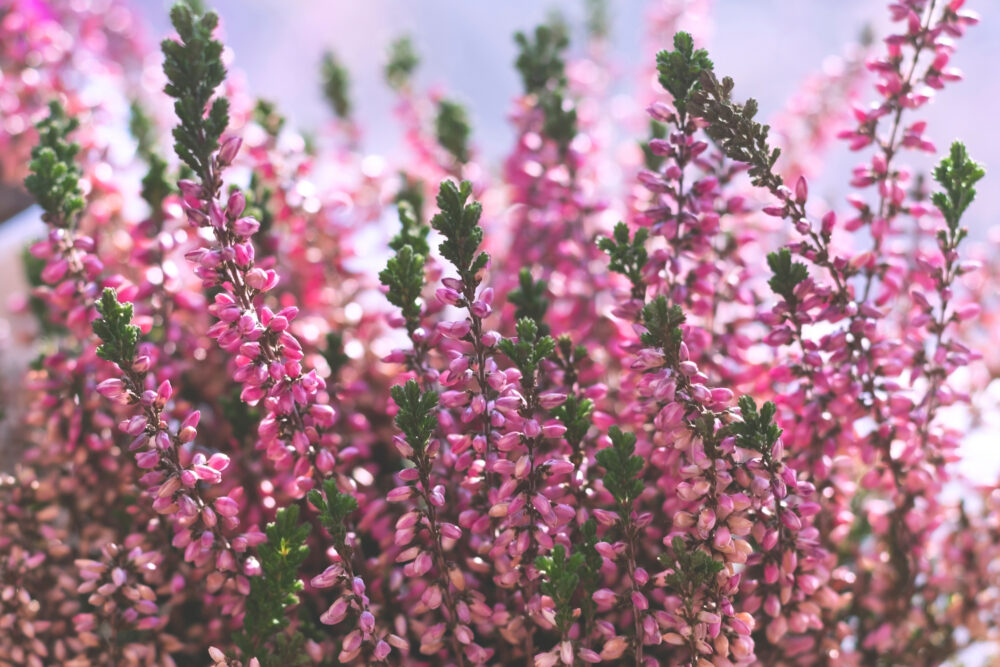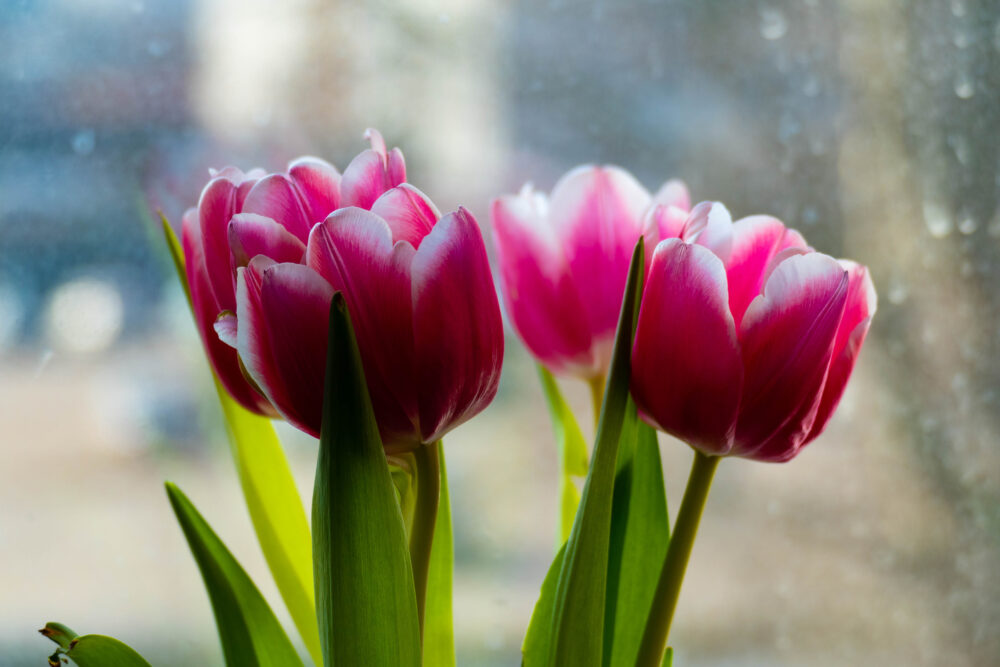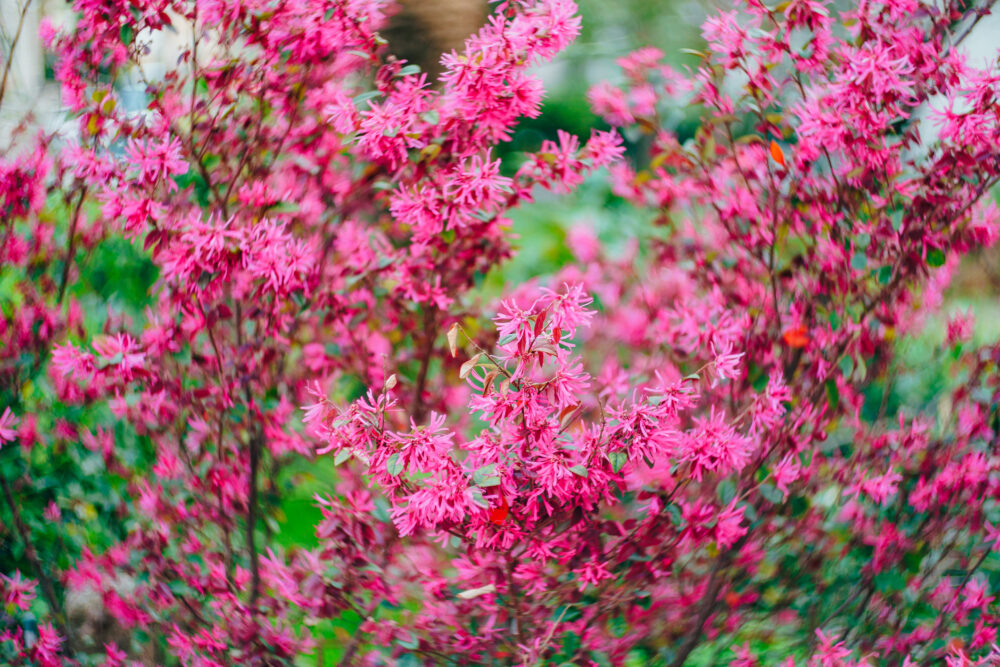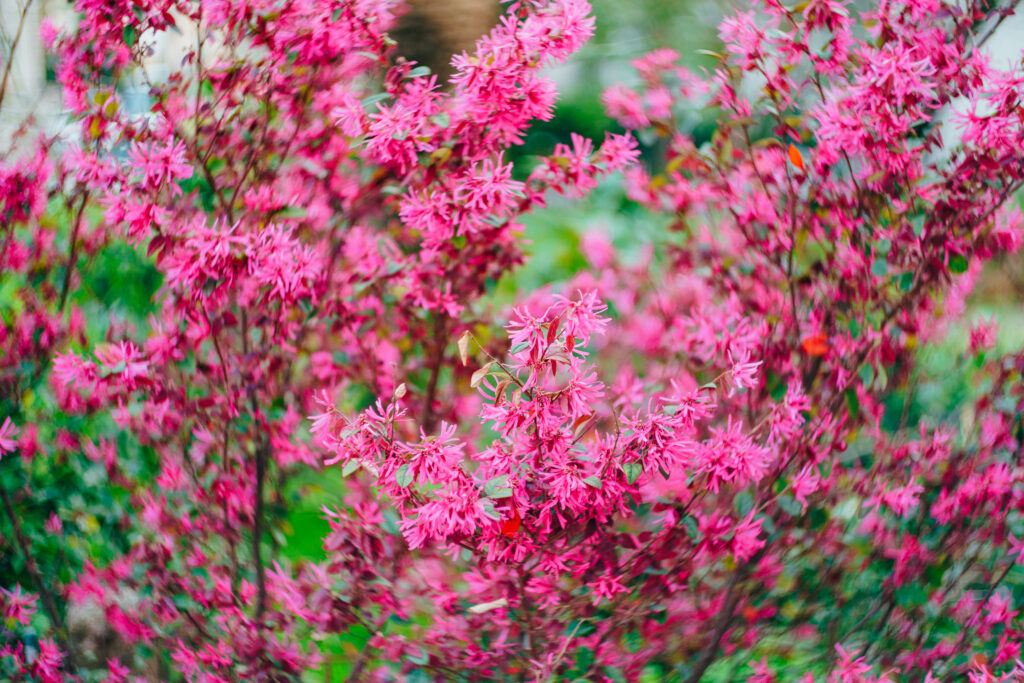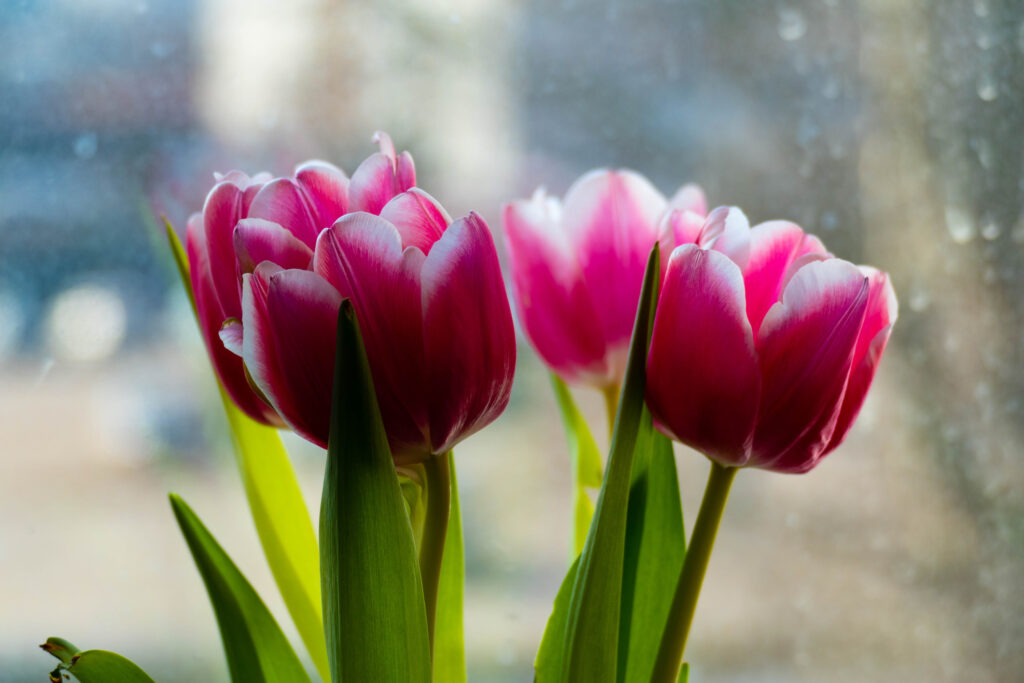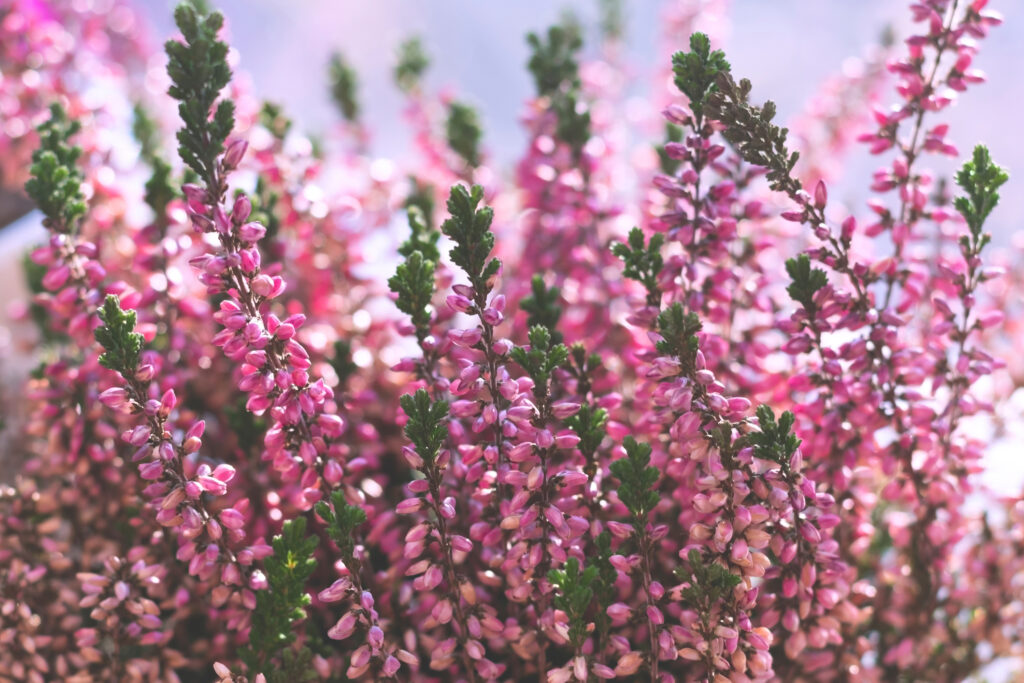Q & A – Your Gardening Questions Answered
The old saw goes, it’s the question that matters not just the answer. As you get serious about your gardening passion, you realize that it’s not always as easy or straightforward as Youtube videos make it to be. Every so often you’d come across a difficult problem that you just can’t find an answer to online.
This is why we are starting this new addition to our gardening section. We receive your gardening questions, refer them to the seasoned horticulturalists and gardening experts, and get you the full answers that you need. Recently we received a whole lot of questions and rather than answer them in person, we decided to dedicate this recurring space to answer them for the benefit of all our readers. You can submit your questions to the link at the end of this article.
Pruning Fringe Flowers
Q: I grow fringe flowers in my garden. I’m not sure if I should prune them to make them look tidy and take up less space in my yard. My neighbor suggested that I should. But I worry that it could damage or even kill the plant. Can I prune them safely?
Yes, you can. The fringe flower (Loropetalum chinense) is an evergreen shrub that also comes in the form of a small tree. The shrubs are often used on hedges and borders and are known for their ornamental and landscaping values. The tree variety is usually about 6 feet tall when fully mature and has a handsome round canopy that makes it the focal point in any landscaping plan.
The thing about fringe flower shrubs is that they have a tendency to grow fast, sometimes even faster than you can keep them in shape. We all like to keep our hedges and borders neat and well-manicured. But with the wild growth rate of the shrub, you need to be diligent and handy with your pruning.
On average the shrub grows anywhere between 3 to 5 feet a year. So even if you cut the plant vigorously and reduce it to about half of its current size, it will still gain all that lost foliage back within a single season. All this heavy pruning will not impact the plant’s growth or health in any way.
If you’re not a fan of pruning or don’t have much time on your hands to keep the unruly fringe flowers looking trim and neat, then you can go with its dwarf cousins. There are many in the market or you can check your local nursery for their own designer dwarf fringe flower varieties.
Frozen Tulips
Q: Recently I tried my hands with tulips for the first time. I don’t know if I timed them wrong, but when they finally sprouted, a nightly frost attack zapped them. I lost the whole bunch. What did I do wrong and how can I make tulips work in my garden?
The thing about tulips is that they detect the slightest change in temperature and if the soil gets warm for any reason, the seeds start to sprout even if it’s the middle of the winter. In your case, it’s most likely the sheltered space you planted the tulips in that gave the seeds the impression that spring was already in full swing.
So how did the tulip seeds get that false sense of spring? I’m guessing it’s the reflected heat from the walls of the house and the presence of a shelter or other structure in your garden that shielded the flower bed from the cold wind. All of this led to the rise in the soil temperature which prompted the seeds to germinate.
If I had to guess, I’d say the reader planted the tulips on the south or west sides of the lawn or garden. These are the areas that get the warmest in the late afternoon sun. That’s why the early tulips started growing so early even before the weather has improved. It’s a common mistake with early tulips that even experienced horticulturalists make.
To avoid a repeat of the zapped early tulips, consider sowing the seeds on the north or east sides of the garden. These parts get the morning sun which is usually too mild to thaw the cold soil or inspire a false sense of spring in the dormant tulip seeds. A plastic or burlap cover is recommended to protect the leaves from the night cold or late frost.
Many tulip experts use plenty of mulch in the middle of the winter. It helps keep the soil’s temperature stable so even a hot day in February won’t encourage the tulips to sprout and grow only to be zapped with cold again.
Late Blooming Goji Berry
Q: I love my goji berry. It brings joy to the garden and I like the deep green shades of the leaves. However, my goji berry is a late bloomer and so far I haven’t seen any berries on it. What am I doing wrong? And how can I make it bloom early like the other goji berries?
I can see why you see the lack of berries on your goji berry as a great loss. These berries are known for their nutritional values. They are a good source of zinc, iron, fiber as well as vitamins A and C among others. Of the many species of the Lycium family, only two are common in our gardens. These are the Lycium barbarum and Lycium chinense. They have similar fruits but vary in taste and sugar concentration.
Both of these popular species are early bloomers either in the spring or early summer. They don’t bloom in the fall by any measure. The fact that your goji berry blooms in the fall and doesn’t have any fruits implies that either the soil or weather conditions are not suitable for the growth of this particular Lycium species.
In general, two things affect the Lycium’s growth, flowering, and berry production. These are temperature and water. If the location of your goji berry doesn’t allow it to get enough sunlight or makes it exposed to the cold winds, then try to cover it with burlap to maintain a steady temperature. Mulch will also keep the soil warm and encourage the Lycium to keep growing even when the weather gets too cold at night.
Regular irrigation is the secret key to a Lycium that blooms on time and bears fruit. Make sure to watch for buds on the shrub. Once they appear, that means the plant needs to be watered on a weekly basis. Add liquid fertilizer, a well-balanced one, every other irrigation until the berries form, and become ripe. Cover the plant at night to protect against unforeseen frost which could damage the berries.
Save the Italian Heather
Q: My Italian heather is my pride and joy. However, a few weeks ago I noticed that it wasn’t looking good. I’m afraid it might be dying. What can I do? And is repotting a good solution?
Erica Ventricosa, commonly known as the Italian heather, is not one of the easiest plants to grow and care for. For one thing, they are super sensitive to the changes in the weather. Even the slightest drop in temperature can cause the plant to panic and the leaves to change color, look forlorn, or even drop.
But if the cold winters are a challenge to the Italian heather, the rising humidity in the hot summer months can also send it on a growth roller coaster of ups and downs. As beautiful as they look, the plant might be struggling to cope with the unpredictable weather conditions and if you’re not careful, you might lose it.
Another problem with the plant is that its root system tends to grow with time which requires repotting every couple of years. The soil mixture can help toughen the plant against the changes in the weather and humidity. So in this case, you might try to fill a bigger pot with a cactus potting mix. This has the right level of acidity that the Italian heather is used to.
Water is another crucial element for the survival of the plant. Don’t overwater it but also don’t let the soil go dry. A moist soil that is well-drained and has a good portion of organic material is ideal for the Italian heather.
Along with the organic materials, feed the plant with a liquid fertilizer throughout the summer months. This is its growing season and a rich soil increases the bloom and the depth of colors and quantity of the flowers.
If you have any gardening questions, you can submit them through this form. We’ll try to answer all your questions in a timely manner. So watch this space.
